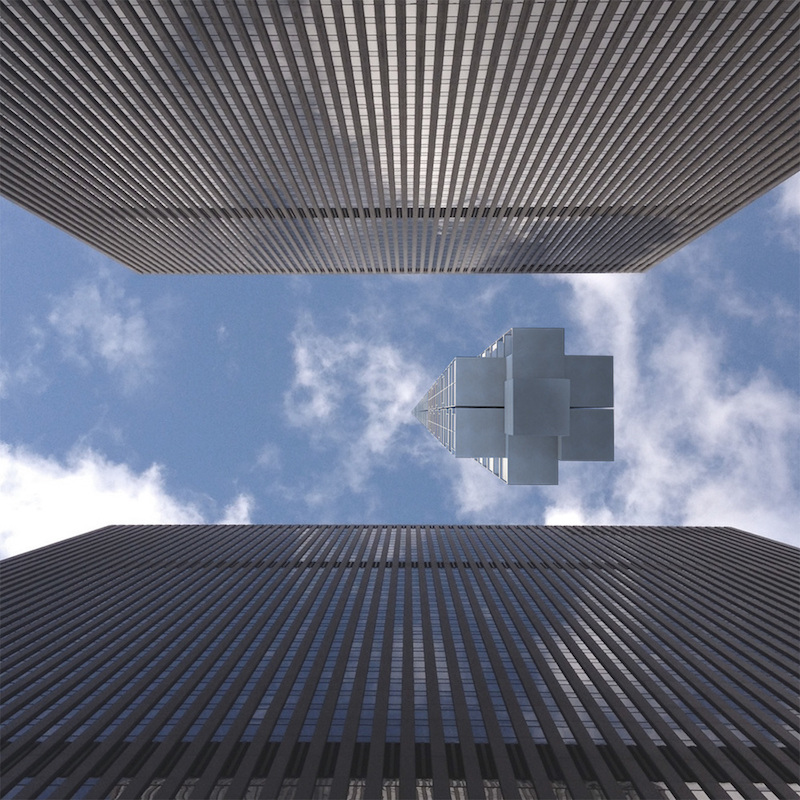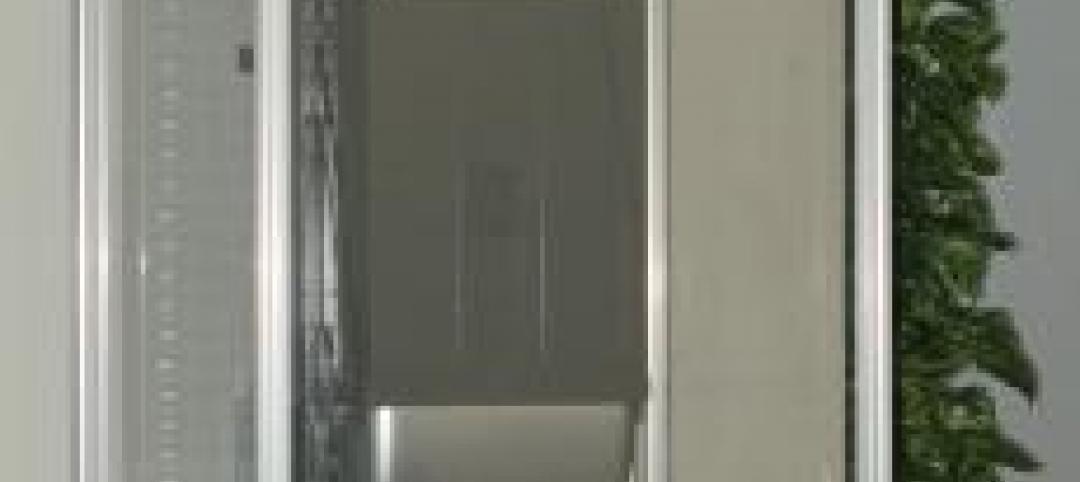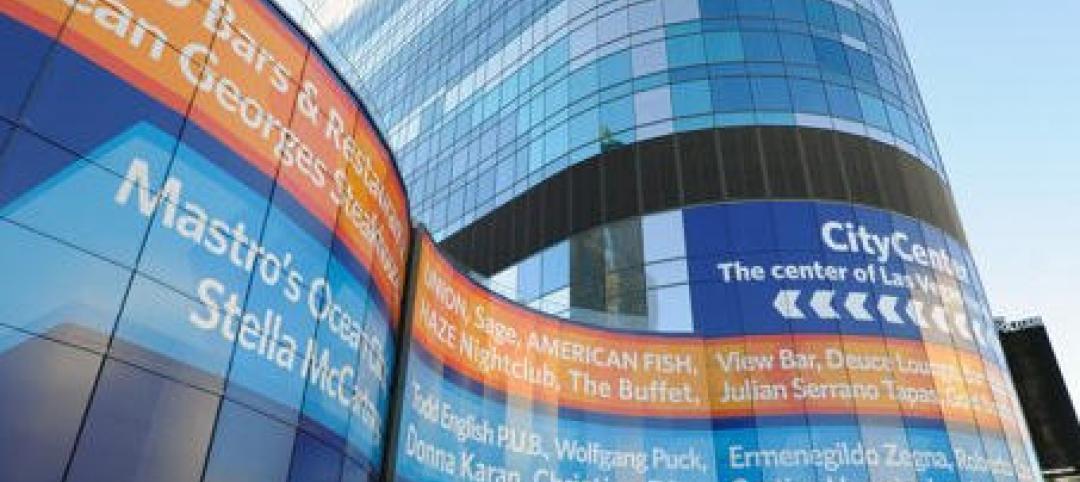Clouds Architecture Office is a New York-based firm known for their speculative designs and innovative (and often times seemingly unfeasible) approaches to architecture.
Among their inventive portfolio is a proposal for Martian architecture with the Mars Ice Home, a series of self-sufficient machine-like dwellings the drift among the clouds known as Cloud Skippers, and a concept for disaster relief that allows people to float above their ruined buildings or neighborhoods while they are being repaired called Cloud City. The firm’s most recent proposal, however, may also be its most radical.
The idea is to create a supertall skyscraper that, instead of springing from the Earth and climbing towards the sky, is suspended from an orbiting asteroid and hangs towards the ground like a giant stalactite (does that make it an earthscraper?).
Here is how the speculative tower, dubbed Analemma Tower (named after the figure-8 path the sun makes in the sky when viewed at the same time of day throughout the year), would work: A large asteroid would be placed into orbit over earth. From this asteroid, a high strength cable would be lowered towards the surface of the planet from which the supertall tower can be suspended. Since it is suspended in air, the tower can be constructed anywhere and transported to the final location. For this proposal, the tower would be constructed over Dubai since the city has proven to be a specialist in tall building construction while keeping costs at one-fifth those associated New York City construction.
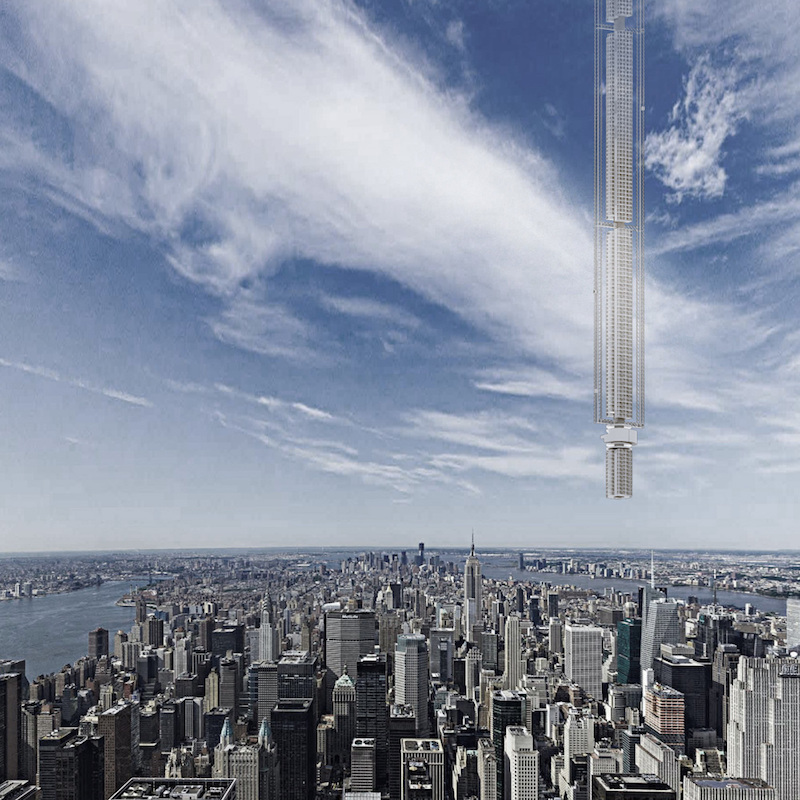 Rendering courtesy of Clouds Architecture.
Rendering courtesy of Clouds Architecture.
The asteroid’s geosynchronous orbit would match earth’s sidereal rotation period of one day. The tower would trace a figure-8 shape and return to the same position in the sky each day. The building would travel between the northern and southern hemispheres on a daily loop. At the bottom of the figure-8 pattern, the tower would move at its slowest speed to allow for the possibility of the towers residents to interface with the planet’s surface. The slowest part of the trajectory would occur over New York City.
If you’re thinking all of this sounds like science-fiction hokum, Clouds Architecture has a response, “Manipulating asteroids is no longer relegated to science fiction. In 2015 the European Space Agency sparked a new round of investment in asteroid mining concerns by proving with its Rosetta mission that it's possible to rendezvous and land on a spinning comet,” the firm writes on its website. “NASA has scheduled an asteroid retrieval mission for 2021 which aims to prove the feasibility of capturing and relocating an asteroid.”
The tower itself would be sectioned into several components. The office, business, and commercial components would be closest to the bottom, followed by garden and agricultural areas, and then a large section for residential. The top of the tower would be devoted to devotional activities. As one ventures higher into the building, the size and shape of the windows changes to account for pressure and temperature differentials. Due to the curvature of the earth, the very top of the tower would get an additional 40 minutes of sunlight each day but due to the near vacuum and -40C temperatures outside would prevent people from going outside and would make living on this level difficult.
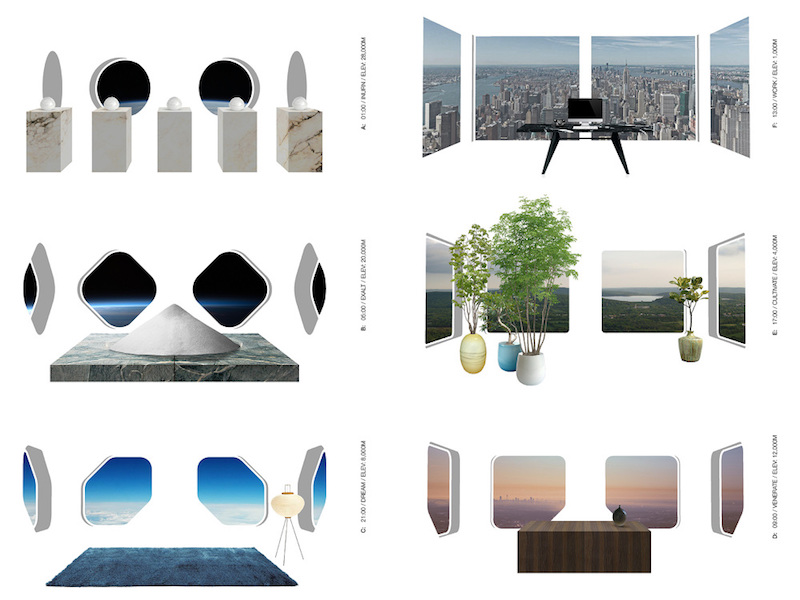 Rendering courtesy of Clouds Architecture.
Rendering courtesy of Clouds Architecture.
Analemma Tower would be powered by space-based solar panels that would receive constant sunlight. Water would be filtered and recycled in a semi-closed loop system and would be replenished by condensate and rainwater from clouds. The elevator system would use cable-less electromagnetic elevators as a workaround to height restrictions imposed by elevator cable spool volume.
Of the tower, Clouds Architecture says, “Analemma Tower is a proposal for the world's tallest building ever. Harnessing the power of planetary design thinking, it taps into the desire for extreme height, seclusion, and constant mobility. If the recent boom in residential towers proves that sales price per square foot rises with floor elevation, then Analemma Tower will command record prices, justifying its high cost of construction.”
Obviously, neither this tower nor anything like it is going to be built anytime soon, so what’s the point? Well, it’s an exercise in imagination and creativity meant to get the metaphorical juices flowing. Every innovative product or service that comes out and changes the world is an amalgamation of speculative ideas, failed projects, and new ideas that stemmed from a simple what if? thought. This is one of those what if? thoughts.
Plus, it’s just pretty damn cool, zany science and all.

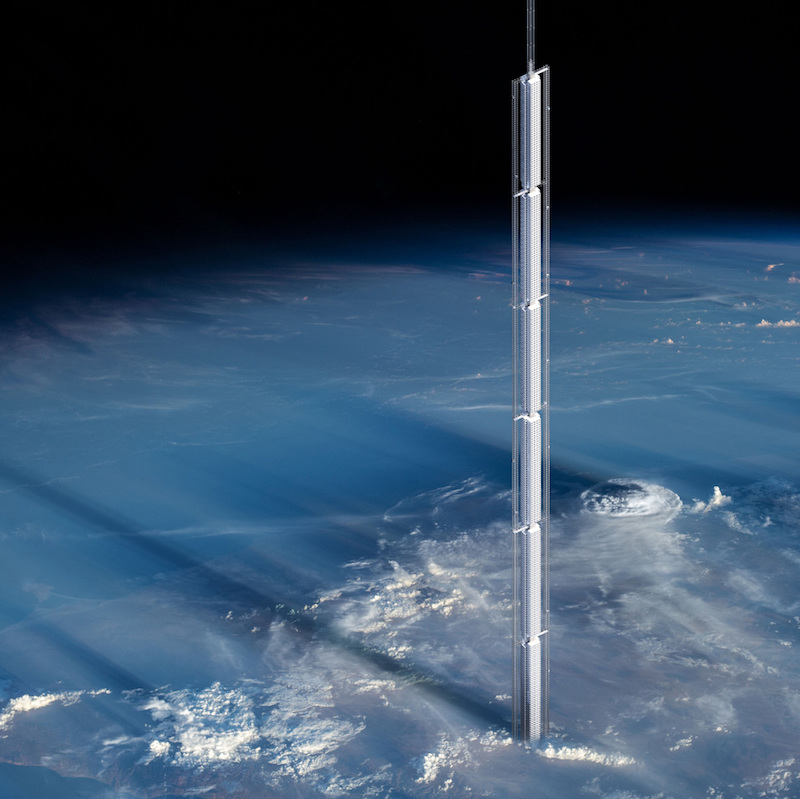 Rendering courtesy of Clouds Architecture.
Rendering courtesy of Clouds Architecture.
 Rendering courtesy of Clouds Architecture.
Rendering courtesy of Clouds Architecture.
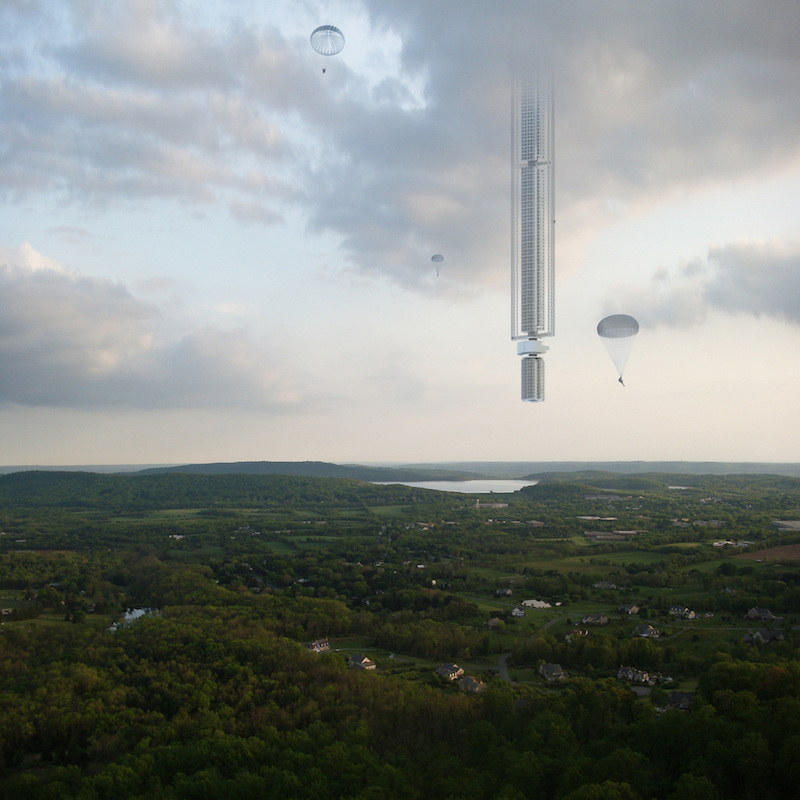 Rendering courtesy of Clouds Architecture.
Rendering courtesy of Clouds Architecture.
Related Stories
| Apr 6, 2012
Flat tower green building concept the un-skycraper
A team of French designers unveil the “Flat Tower” design, a second place winner in the 2011 eVolo skyscraper competition.
| Apr 4, 2012
Bald joins the Harmon glazing team
Bald has 13 years of experience in the glazing industry, coming to Harmon from Trainor where he was the regional manager of the Mid-Atlantic region.
| Apr 2, 2012
Mitsubishi unveils ultra-high-speed elevator for Shanghai skyscraper
The operation of the elevator is scheduled to begin in 2014.
| Mar 27, 2012
Bank of America Plaza becomes Atlanta's priciest repo
Repo will help reset market prices for real estate, and the eventual new owner will likely set rental rates at a new or near the bottom and improve the facilities to lure tenants.
| Mar 26, 2012
McCarthy tops off Math and Science Building at San Diego Mesa College
Designed by Architects | Delawie Wilkes Rodrigues Barker, the new San Diego Mesa College Math and Science Building will provide new educational space for students pursuing degree and certificate programs in biology, chemistry, physical sciences and mathematics.
| Mar 16, 2012
Temporary fix to CityCenter's Harmon would cost $2 million, contractor says
By contrast, CityCenter half-owner and developer MGM Resorts International determined last year that the Harmon would collapse in a strong quake and can't be fixed in an economical way. It favors implosion at a cost of $30 million.
| Mar 14, 2012
Hearing to decide fate of unfinished Harmon in Las Vegas under way
The testimony began with CityCenter consulting engineer Chukwuma Ekwueme methodically showing photo after photo of parts of the Harmon, where he and his team had chipped away the concrete pillars and beams to examine the steel reinforcing bars inside.
| Mar 14, 2012
Plans for San Francisco's tallest building revamped
The glassy white high-rise would be 60 stories and 1,070 feet tall with an entrance at First and Mission streets.
| Mar 13, 2012
China's high-speed building boom
A 30-story hotel in Changsha went up in two weeks. Some question the safety in that, but the builder defends its methods.
| Mar 12, 2012
Improving the performance of existing commercial buildings: the chemistry of sustainable construction
Retrofitting our existing commercial buildings is one of the key steps to overcoming the economic and environmental challenges we face.


